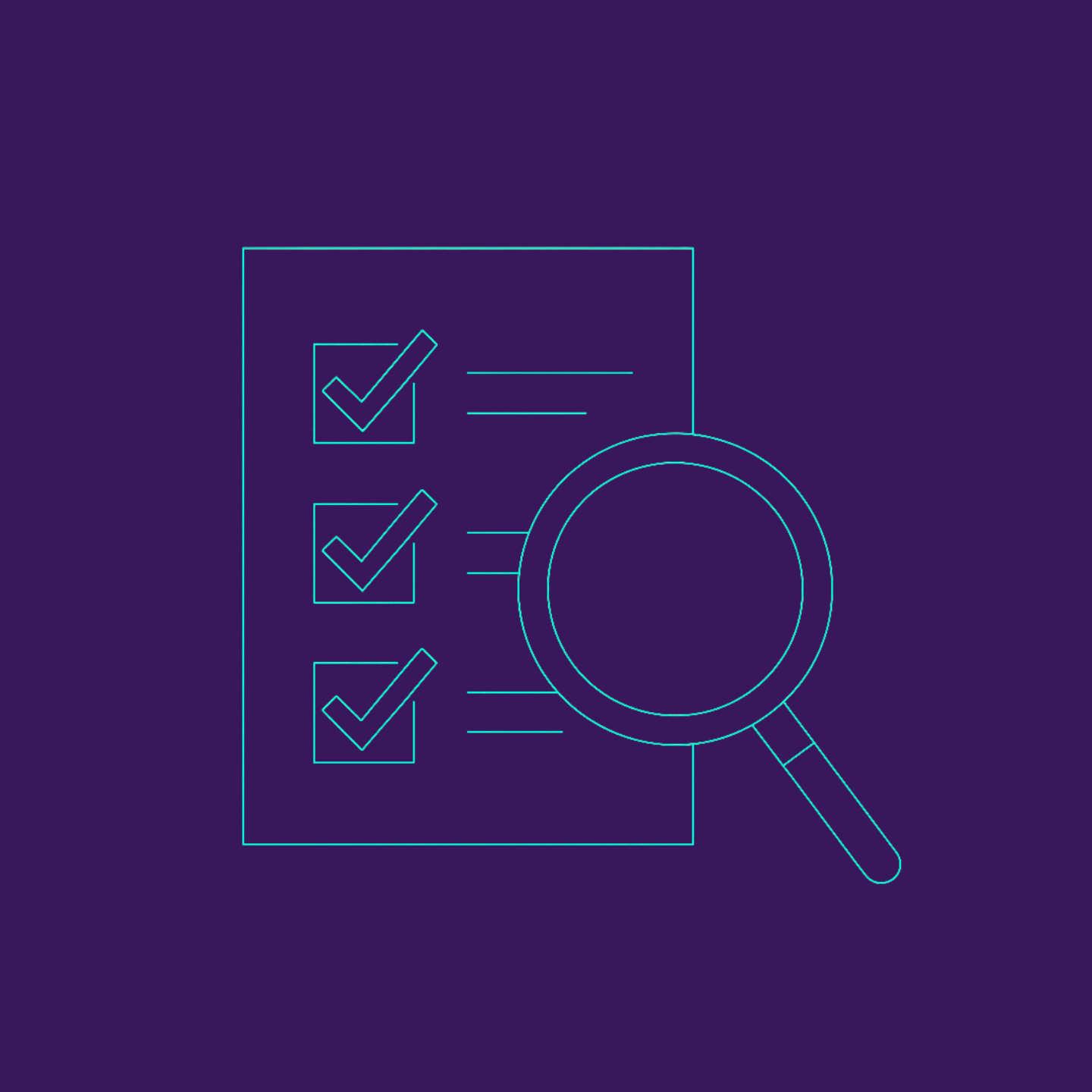Fast track the CE marking of your medical software.
Get your Medical Device Software CE marked with an expert and pragmatic approach, combining regulatory mastery with a deep technical understanding of software development.
Sparta Care supports digital health start-ups and medtech companies in obtaining CE marking for their software.
By combining technological expertise gained from our experience as a manufacturer with a deep understanding of regulatory requirements, we deliver innovative and pragmatic approaches that streamline and accelerate the market access of digital medical devices.
We train, protect, and guide digital medical device innovators.
1sts in France
To obtain the CE marking for a class IIa Software as Medical Device under the MDR 2017/745
+40 clients
Supported across the digital health ecosystem, including start-ups, scale-ups, academic spin-offs, software vendors, and established medtech players
6 months saved
Time savings in Technical Documentation preparation through our structured project approach and roadmap
They trust us
Our services
Strategy
Optimize the scope and risk classification of your Medical Device (MD) with our pragmatic approach.
CE marking
Achieve CE marking compliance under the MDR 2017/745 with our dual approach: we either guide you through every step of the process or directly fulfill the necessary requirements on your behalf.
Quality System
Optimize your Quality Management System (QMS) for your Software as a Medical Device (SaMD) cost-effectively using JIRA and Confluence.
Internal Audit
Ensure compliance and operational excellence with our internal audit services, meticulously aligning your processes with industry standards.
Partnership journey
Product and Technical Stack Analysis
Presentation of the device, its features, and underlying technologies. Understanding the technical choices, clinical objectives, and market access strategy.
Regulatory Strategy
Identification of the applicable frameworks (MDR, ISO 13485, IEC 62304, IA Act, etc.) and development of a regulatory pathway aligned with the product roadmap and business priorities.
Implementation of the Quality Management System in accordance with ISO 13485 and MDR 2017/745.
Design of a quality system proportionate to the size and maturity of the organization, ensuring control over key processes. Alignment with the existing ISMS (Information Security Management System). Support for the adoption of the QMS (Quality Management System). Internal audit and improvement plan.
Technical File building
Support in the deployment of the various phases of the technical roadmap. Drafting of documentation in accordance with IEC 62304. Coordination of the clinical evaluation.
✅ Certification
Submission to a Notified Body, management of interactions, and support for audits.

Working with Sparta Care has been a fantastic experience. The mission was clear and executed quickly. The team demonstrated a very appreciable pragmatic spirit, great availability, and speed, and they were reassuring. Having them draft documentation on our behalf really made a difference for us.
Tanel Petelot
Emobot CEO

We sought the support of Sparta Care to assist us in setting up our eSMQ and developing the technical file for our medical device. The mission entrusted to them was carried out with great expertise, even within a particularly tight schedule. We were extremely pleased with this collaboration: their involvement, pragmatism, and customer service were truly top-notch! So much so that we opted for a long-term partnership to guide us through all the upcoming stages of the development and marketing of our digital medical device.
Alice Corteval
Directror - Fondation Analgesia / Novesia
At Sparta Care, we help digital health innovators turn regulation into a strategic advantage. Our team, with hands-on experience and deep expertise in CE marking for digital medical devices, combines rigor and pragmatism to move your projects forward with full compliance.
Resources


























